“Restaurant”, a business or organization that offers food and drink to paying guests, is a word with a long history and many different interpretations. Restaurants of one kind or another are popular worldwide, generating huge amounts of economic activity. In this article, you’ll learn everything you need to know about restaurants and the wider food and beverage industry.
Table of Contents:
- Restaurant: Meaning
- History of the Restaurant Industry
- The Meaning of Different Restaurant Types in the Industry
- Restaurant Technology and Its Meaning for Restaurant Innovation
- Meaning of Restaurant Managers to Industry Success
- Overview of Restaurant Systems
- Restaurant POS Systems
Restaurant: Meaning
A restaurant is any establishment where patrons can buy and consume food and beverages. While a restaurant might offer food and drink to take away or for delivery, this type of business is characterized by providing somewhere where guests can sit down for a meal. Many different types of restaurants offer different styles and standards of cuisine. Service models also vary widely.
The restaurant industry includes traditional restaurants but also incorporates other types of business — bars and coffee shops that serve food, gastropubs, fast food outlets, and more. The food might be anything from standard everyday meals to light snacks to gourmet dishes prepared by classically trained chefs. Restaurants can be stand-alone businesses, but many are attached to another enterprise, such as a hotel or leisure facility. Services such as train buffets can also be considered part of the restaurant industry.
History of the Restaurant Industry
The meaning of “restaurant” has changed over the years. The word originates in France during the 18th century. Back then, it meant a meat broth: a literal “restorer” intended to invigorate and fortify the consumer. Industrialization following the French Revolution caused social changes that paved the way for more modern dining establishments. The history of the restaurant industry goes back much further than the 18th century. The ancient Sumerians left records that show they had bars where beer, bread, and other foods were served.
In ancient Greece and Rome, there were many different types of eating establishments. These ranged from inns where travelers could find food and accommodation to Thermopylae, the prototypes of today’s fast food stands. These were frequently set up next to roads and patronized by travelers. In the 20th century, changes in social structure and working life meant that more people began dining out, giving rise to the modern restaurant industry.
The Meaning of Different Restaurant Types in the Industry
Find restaurant meaning when taking a deeper look into different types of businesses, as there are many different faces of establishments in the restaurant industry. Below are the most common types you can find around the world.
Casual Dining Restaurant
A casual dining restaurant offers a more informal dining experience. The food is generally sold at a mid-range price point, with table service as the norm. Decór will often strive for a unique character, frequently themed to reflect the type of cuisine offered. They’re decidedly more upscale than the average fast-food restaurant, meaning that guests can enjoy a more interesting meal in pleasant surroundings with a less formal atmosphere than in a fine dining establishment. Most casual dining restaurants pay great attention to their ambiance and create a sense of occasion and fun.
Fast Casual Dining Restaurant
Fast casual restaurants aim to fill the niche between fast-food outlets and more up-market dining. The concept is more prevalent in the US and Canada than in Europe. There’s no table service in a fast-casual dining restaurant, meaning customers must serve themselves. The atmosphere and décor are more upscale than a typical fast-food restaurant, and the food quality is higher. Ingredients tend to be fresh rather than frozen. Although the menu will tend to be more limited than in a traditional restaurant, the dishes are more sophisticated than in a fast food outlet, and dishes are made to order rather than prepared in advance.
Fast-Food Restaurant
Fast food restaurants are perhaps the most familiar and widely frequented variety of restaurants. Large franchise chains with high levels of brand recognition, such as McDonald’s and KFC, are well-known across the globe. Their main selling points are speed, convenience, and low prices. Foods tend to be pre-made and precooked, using frozen and heavily processed ingredients. Menu items are standardized, so the customer always knows what to expect. Food is often sold to be taken away or delivered, although many patrons choose to dine in. Drive-through services are expected.
Restaurant Meaning Video: What is Fine Casual dining?
Fine Dining Restaurant
A fine dining restaurant is intended to serve a more well-heeled and demanding clientele. As such, they provide high-end dining experiences. A meal at a fine dining establishment usually consists of three or more courses, often a starter, a main course, and a dessert. The drinks that accompany a meal will be carefully selected. A luxurious and sophisticated atmosphere is essential for this kind of restaurant. Decór will be stylish and will include more opulent materials and items. Fine dining restaurants offer full table service and often have rules of dress and etiquette that guests must follow.
Brasserie and Bistro
In France, a brasserie was a mid-priced restaurant specializing in simple, hearty fare. In the UK and the US, the term signifies a small, sophisticated restaurant that leans toward a higher price range. Table numbers will be smaller, and the menu items will be carefully chosen and prepared. A bistro is similar, with smaller restaurants that aim to offer a higher dining experience. Menu items will generally be more continental, with French or Mediterranean-inspired dishes. While less formal than fine dining restaurants, brasseries and bistros offer a more sophisticated experience.
Café and Diner
Cafés provide light meals in an unhurried environment, typically with outdoor dining. They often gain a loyal following among their customers. As well as their namesake coffees, cafés offer teas and other hot drinks. Cafés generally serve cakes, pastries, sandwiches, and hot meals like jacket potatoes or omelets. Diners have a similar informality and low customer turnover. Patrons are expected to linger over their food and drink, socializing, working, or studying. Price points can vary, with high-end cafés charging premium prices for more elaborate menu items, but many are in the mid to low price range.
Bar and Pub
Pub food has undergone significant changes in recent decades, from unappealing menu items to full meals drawing on various cuisines. Many pubs have an extensive menu, with different items depending on the time of day. There’s an increasing overlap between the pub and the restaurant, meaning that good food is increasingly important. The apex of this trend is the gastropub, where dining is the focus of the experience rather than drinking. Bars tend to have a more limited menu and less seating for diners, but many now offer a good range of items.
Pop-up Restaurant
A pop-up restaurant is often small and may only be open briefly. Some take over a site for a few months or even a handful of weeks. Other pop-up restaurants are more permanent but are characterized by being in an unusual or quirky location, such as a roof terrace. The great advantage of a pop-up restaurant is that chefs and restaurant owners can experiment with new ideas and concepts without committing to changing their primary menus or locations. For customers, the attraction is the uniqueness and novelty on offer.
Buffet-Style Restaurant
Buffets consist of a range of different food items at a specific price. A buffet is a self-service restaurant, meaning food is placed on trays or in containers along a bar or counter, and guests help themselves. Some buffets offer a wide variety of dishes, while others have a more limited selection. Foods can include soups, salads, appetizers, and hot or cold main dishes. Sometimes the cuisine will be highly varied, while other establishments might focus on a specific region or type of food. Wait staff don’t serve the guests but are tasked with clearing tables and sometimes taking drinks orders.
Restaurant Technology and Its Meaning for Restaurant Innovation
The restaurant industry never stops evolving. Changes in how people live and work, changes in disposable income, and changes in customer expectations drive constant development. Technology is another factor. Technology for restaurants, from chatbots and booking technology to dedicated phone apps, is also moving forward. Keeping pace with technological developments is increasingly important to stay competitive in the restaurant industry.
The good news is that technology helps restaurant owners too. By making it easier for guests to make reservations, place orders, and find out information about a particular dish, technology can free up staff for other tasks. Restaurant POS software systems are another example. They facilitate payments, make life easier for the customer, and can also be a valuable resource for collecting information about customer behavior. To learn more about the newest trends in restaurant technology, read “Latest Restaurant Technology Trends You Need to Know About”.
Meaning of Restaurant Managers to Industry Success
A restaurant manager’s role is to handle all the daily management operations of a restaurant or similar business. A restaurant manager must oversee the general process of the company, manage finances, and organize staff. The restaurant manager is responsible for marketing tasks and the business’s reputation. Because food is involved, a manager will also ensure compliance with local and national food safety regulations and workplace health and safety.
Guests are the lifeblood of any restaurant, meaning that a manager’s chief priority is ensuring guests have a positive experience. This doesn’t just mean good food. It also means excellent customer service and a welcoming environment that meets customers’ expectations. This includes optimizing the restaurant’s food and drink menu, managing prices, and staying abreast of relevant technology. Possessing qualifications in a related field is increasingly useful when looking for this role. You can learn all about restaurant management in “Restaurant Management: Everything You Need to Know”.
Overview of Restaurant Systems
Are you curious about restaurant technology and how it can help you? Restaurant management systems are software solutions tailored specifically for the restaurant industry. They can help streamline day-to-day operations, automating many everyday tasks and making life much easier for a busy manager.
Restaurant management software can facilitate sales tasks, help to manage orders, and consolidate information from diverse booking channels. In “Restaurant Management Systems: Overview, Key Aspects and Features”, you’ll learn how restaurant management software works, what the most important features are, and the various components that make for a quality software package.
Restaurant POS Systems
Properly deployed, a restaurant POS system can dramatically impact a business. As well as making sales tasks easier and more rapid, a POS can have a range of other benefits too. As well as taking payments, a single device connected to POS software can allow staff to print out food orders for the kitchen, create bills and receipts for customers, and more.
As with any field of technology, POS systems are developing rapidly. To learn more about POS systems and how they can help your restaurant thrive, read “Restaurant POS Systems: The Latest and Future Trends”.
The definition of “restaurant” has changed significantly, and the industry is still growing and evolving. One restaurant’s meaning will likely survive: providing guests with a quality dining experience, whatever type of restaurant they patronize.
More Tips to Grow Your Business
Revfine.com is the leading knowledge platform for the hospitality and travel industry. Professionals use our insights, strategies, and actionable tips to get inspired, optimize revenue, innovate processes, and improve customer experience.Explore expert advice on management, marketing, revenue management, operations, software, and technology in our dedicated Hotel, Hospitality, and Travel & Tourism categories.
This article is written by:
Hi, I am Martijn Barten, founder of Revfine.com. With 20 years of experience in the hospitality industry, I specialize in optimizing revenue by combining revenue management with marketing strategies. I have successfully developed, implemented, and managed revenue management and marketing strategies for individual properties and multi-property portfolios.

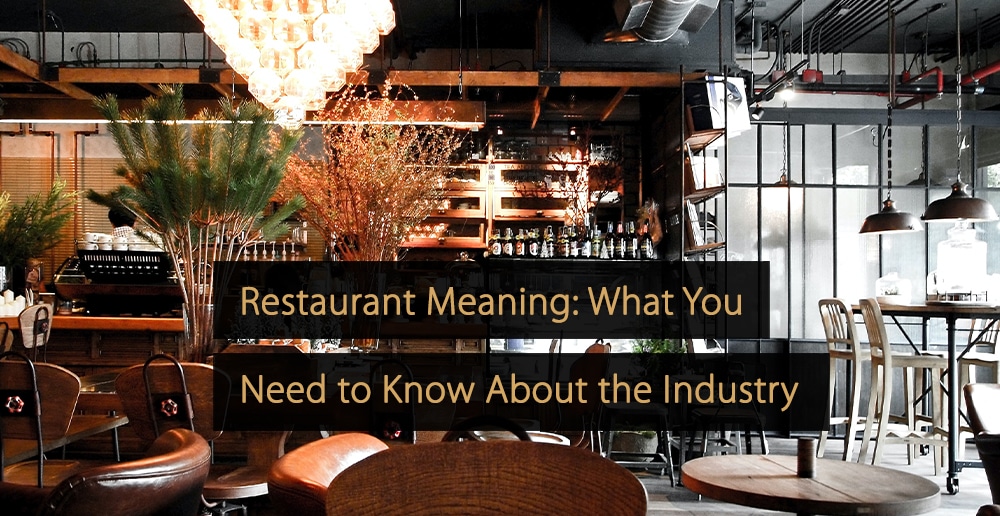
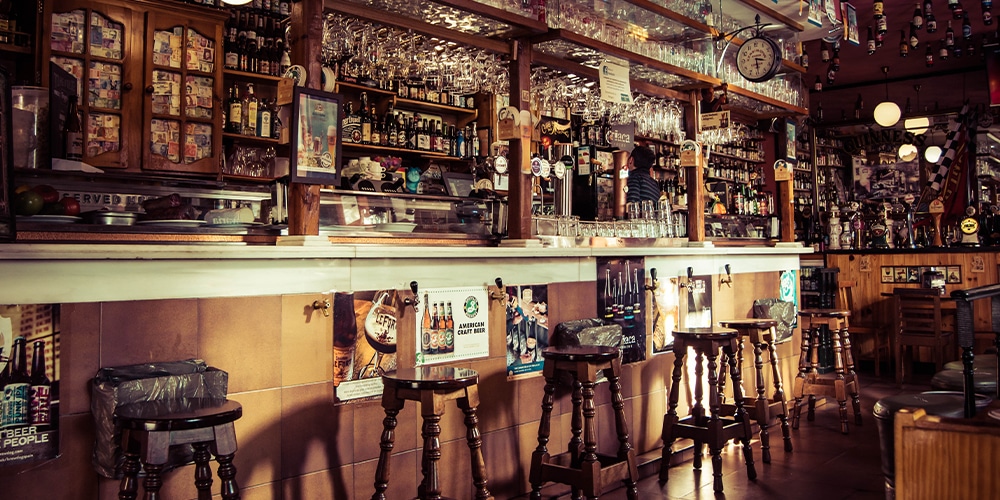

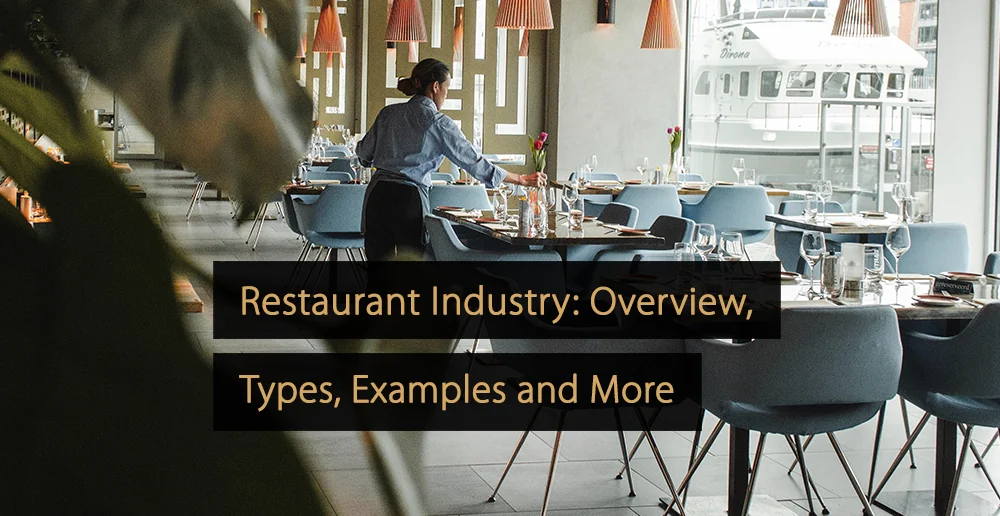

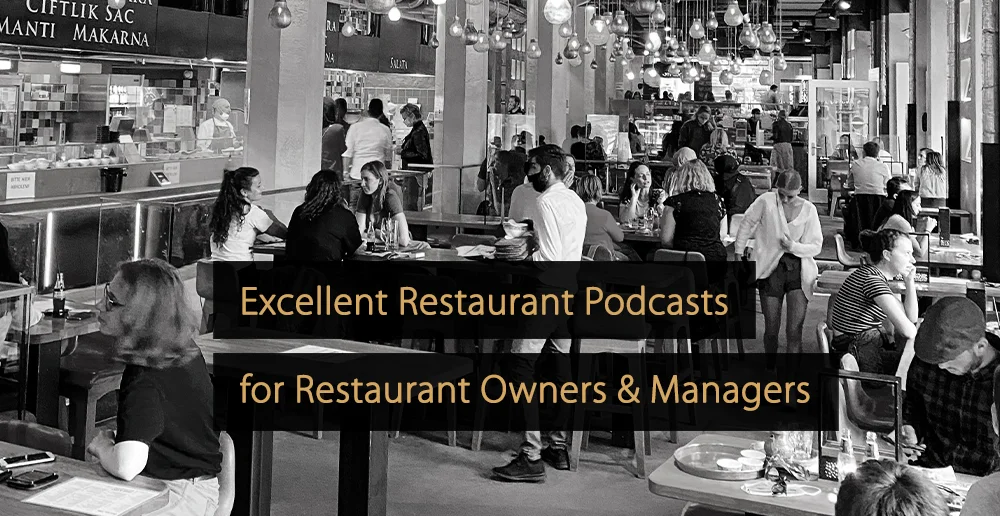
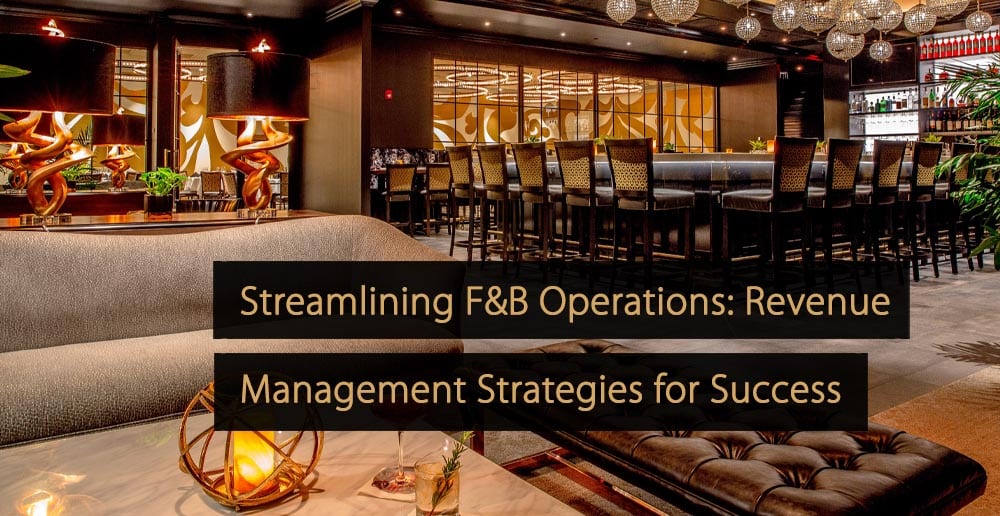


Leave A Comment